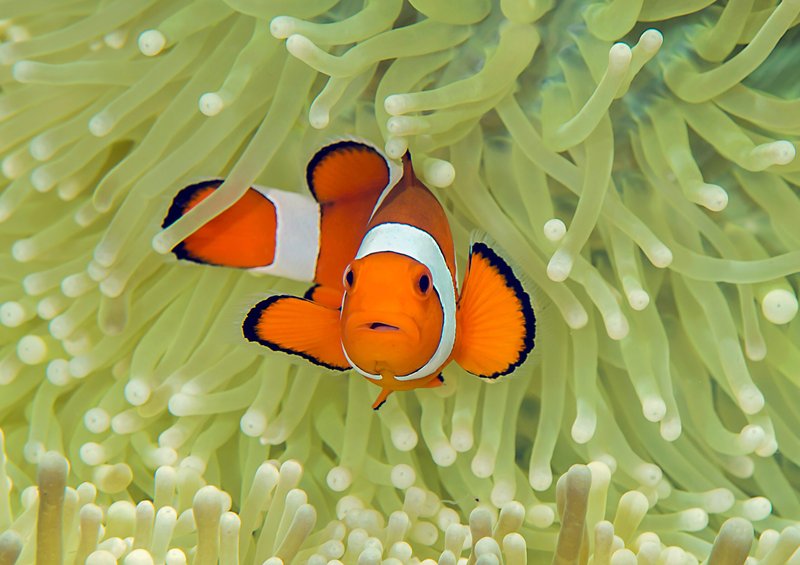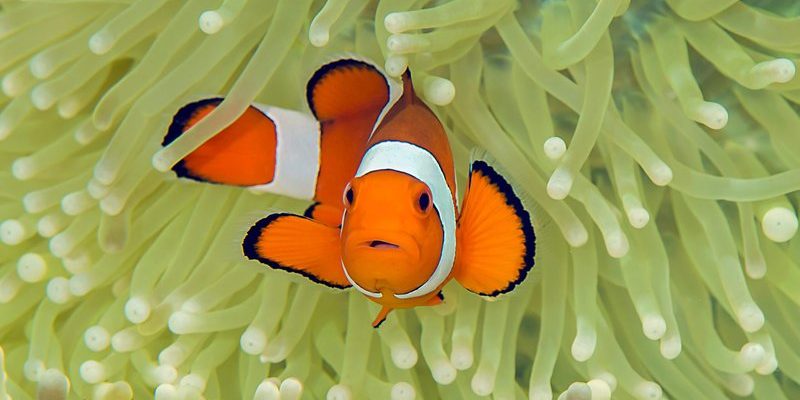
Just imagine living in a beautiful home that’s suddenly threatened by storms, invaders, or pollution. For clownfish, their anemone homes provide both shelter and a symbiotic relationship that helps them thrive. However, as the world around them changes, these little fish encounter serious obstacles that put their lives at risk. From climate change to invasive species, let’s dive into the various threats clownfish face in the wild.
Climate Change and Ocean Acidification
One of the most pressing concerns for clownfish is climate change. As global temperatures rise, ocean waters warm, which can lead to a cascade of problems. Think of it like putting a pot of water on the stove—the longer the heat is applied, the more the water changes. In the oceans, warmer waters lead to coral bleaching, a phenomenon where the symbiotic algae living within corals are expelled due to stress. Since clownfish depend on healthy coral reefs for shelter, their homes are literally disappearing.
Moreover, rising carbon dioxide levels contribute to ocean acidification, which affects the ability of corals to grow and maintain their structures. If the corals weaken, clownfish lose not just their homes but also vital breeding grounds. The connection between clownfish and coral reefs is a delicate dance, and when one partner falters, the other suffers.
Pollution and Marine Debris
Here’s the thing: pollution is an ever-present threat to marine life, including clownfish. When plastic waste and other pollutants enter the ocean, they create hazardous environments for all types of sea creatures. Imagine trying to live in a home filled with junk and toxins; it’s not just uncomfortable—it’s dangerous!
Clownfish can be affected by chemicals in the water that disrupt their reproduction and survival rates. From pesticides and fertilizers runoff to plastics, marine debris can entangle these fish, making it difficult for them to navigate or feed. Additionally, toxins can accumulate in their bodies, harming their health and making them less resilient to diseases.
Overfishing and Habitat Destruction
Another major threat clownfish face is overfishing, particularly as a result of the aquarium trade. These colorful fish are popular in home aquariums, leading to increased capture from their natural habitats. Overfishing can deplete clownfish populations and disrupt the balance within their ecosystems. It’s similar to taking too many players off a soccer team; the remaining players struggle to maintain their performance without enough teammates.
Moreover, habitat destruction from coastal development and destructive fishing practices contributes to the decline of clownfish populations. Coral reefs, which embody the clownfish’s home, are often destroyed to make way for resorts or fishing grounds. When habitats vanish, the clownfish are left vulnerable and exposed to predators without the protection of their anemones.
Disease and Parasites
Like humans, fish can get sick, and clownfish are no exception. They are susceptible to various diseases and parasites, particularly when stressed by environmental changes. Just imagine running a marathon when you’re under the weather; you’re likely to perform poorly. In the same way, stressed clownfish are more prone to infections, which can significantly impact their health.
Common diseases, like *Ich*, can spread quickly in crowded or unhealthy environments, especially if water quality deteriorates. Also, parasites can attach themselves to clownfish, leading to discomfort and weakening their immune systems. Protecting clownfish from diseases means ensuring they live in clean, well-maintained environments.
Invasive Species
Invasive species are like uninvited guests who crash a party and disrupt everything. When non-native fish or predators enter an ecosystem, they can create imbalances that threaten the survival of local species, including clownfish. For example, lionfish, which have become a significant problem in some areas, prey on smaller reef fish, reducing food availability and increasing competition.
Furthermore, invasive plants can overgrow reef habitats, limiting the growth of healthy corals and, consequently, clownfish homes. Addressing the issues posed by invasive species requires ongoing efforts to manage marine environments and protect native species from these harmful influences.
Conservation Efforts and Hope for Clownfish
While the threats are significant, there’s hope for clownfish and their habitats. Conservation efforts, such as creating Marine Protected Areas (MPAs), help safeguard these fish from overfishing and habitat destruction. By restricting access to certain areas, we can give clownfish the chance to thrive in healthier environments.
Additionally, raising awareness about the importance of coral reefs and clownfish can promote responsible aquarium practices. When people understand the impact of their choices, they might opt for sustainable methods rather than contributing to the decline of wild populations.
What You Can Do to Help
You might be wondering how you can play a role in protecting clownfish. Here are a few simple steps you can take:
- Support sustainable seafood practices that avoid overfishing.
- Participate in beach cleanups to reduce marine debris.
- Advocate for policies that protect marine ecosystems.
- Educate others about the importance of clownfish and coral reefs.
Every little action counts! By working together, we can create a healthier world for clownfish and all marine life.
In conclusion, clownfish face numerous threats in the wild that can disrupt their lives and habitats. Understanding these challenges is the first step toward protecting them. By promoting conservation efforts and making informed choices, we can help ensure these vibrant fish continue to thrive in the oceans for generations to come.

